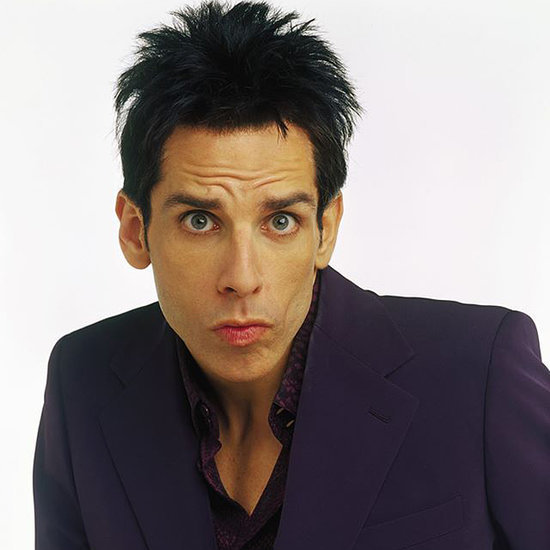Vaccine myths are like the fart smell that somehow gets trapped in your air-conditioning in your car. They both seem to keep going around and around, reappearing at random, and are both similarly fetid.
Doing the rounds of the social media sites this week is the old chestnut that Gardasil, the human papilloma virus vaccine, caused a teenage girl’s ovaries to implode, and that Merck, that rich powerful conglomerate of evil, conveniently forgot to investigate the effects of the vaccine on the female reproductive system.
Actually, this is old news. I wrote a couple of blogs in in the past about Gardasil conspiracy theories, including one about the whole Gardasil-kills-ovaries thing (and another here). In the last couple of years, nothing much has really changed, well, except that the benefit of the HPV vaccine has become much clearer, and the hysteria of the anti-vaxxers has become more pronounced as a result.
For example, the article that’s recently been making the rounds is a 2013 article by Jonathan Benson at Natural News. This particular article was discussing a paper published in the highly esteemed British Medical Journal [1] (which you can read for yourself here). Benson’s opening paragraph shows how ignorant and/or biased anti-vaccine proponents can be.
“A newly-published study has revealed that Merck & Co., the corporate mastermind behind the infamous Gardasil vaccine for human papillomavirus (HPV), conveniently forgot to research the effects of this deadly vaccine on women’s reproductive systems. And at least one young woman, in this case from Australia, bore the brunt of this inexcusable failure after discovering that her own ovaries had been completely destroyed as a result of getting the vaccine.”
There are a couple of big errors here. First, the article in the BMJ isn’t a study, merely a case report. There’s a big difference, namely the fact that a case report is just that, a report of a single case. It’s not a study that proves that one thing causes another, but merely raises the possibility that there might be something going on that other peers should be aware of or further investigate. The lack of definitive proof didn’t stop Benson from making his other big error, leaping to a rather tenuous conclusion that this girl’s ovaries imploded because of Gardasil.
In actual fact, Premature Ovarian Insufficiency (or POI), was known about long before the Gardasil vaccine was invented. In 1986, the known incidence was about 1 in 10,000 young women between the ages of 15 and 29 [2], and there’s no known cause in more than 90% of the cases.
So, if Gardasil was one cause of ovary implosion in young women, then it stands to reason that the rate of ovary implosion would be much higher after the introduction of Gardasil. Is that the case?
As it turns out, the answer is no. A big fat no. According to the Therapeutic Goods Administration in Australia, the number of Gardasil doses that have been administered in Australia has been more than 9 million. The number of reports of ovary implosion? Three. Just three.
That works out to be a rate of 0.003 per 10,000.
That’s quite a lot less than the rate of ovary implosion before Gardasil was invented. Maybe Gardasil protects your ovaries rather than destroys them.
So Gardasil isn’t rendering anyone’s daughters infertile. The TGA has reviewed this issue a number of times and reached the same conclusion every time … there is NO link between Premature Ovarian Insufficiency and the HPV vaccine.
What the HPV vaccine is doing is reducing the incidence of genital warts and gynaecological cancers. For example, in the years leading up to the introduction of the HPV vaccine, the number of women presenting with genital warts was about 1 in 10. In the four years after the vaccine was introduced, the rate of genital warts had fallen between 70 to 90% depending on the age group. The effect was especially obvious in the women under the age of 21, whose rate of genital warts dropped from over 1 in 10 to less than 1 in 100 after the introduction of the vaccine.
The rate of cervical cancer changes also fell, with a study by Gertig and colleagues in 2013 showing that a full three doses of the HPV vaccine decreased the risk of high-grade (that is, nasty pre-cancerous) pap smear changes by nearly 50% [3].
So you won’t hear this from the Natural News team or others of their ilk, but vaccination with the HPV vaccine decreases your risk of genital warts by over 90%, decreases your risk of nasty cervical cancer changes by about 50%, and increases your risk of ovarian implosion by about 0%.
Don’t let the repugnant hot air of the anti-vaxxers put you off. Vaccination with the HPV vaccine is safe and effective, not harmful like the vaccine myths would have you believe.
References
[1] Little DT, Ward HR. Premature ovarian failure 3 years after menarche in a 16-year-old girl following human papillomavirus vaccination. BMJ Case Rep 2012;2012.
[2] Coulam CB, Adamson SC, Annegers JF. Incidence of premature ovarian failure. Obstet Gynecol 1986 Apr;67(4):604-6.
[3] Gertig DM, Brotherton JM, Budd AC, Drennan K, Chappell G, Saville AM. Impact of a population-based HPV vaccination program on cervical abnormalities: a data linkage study. BMC medicine 2013;11:227.







